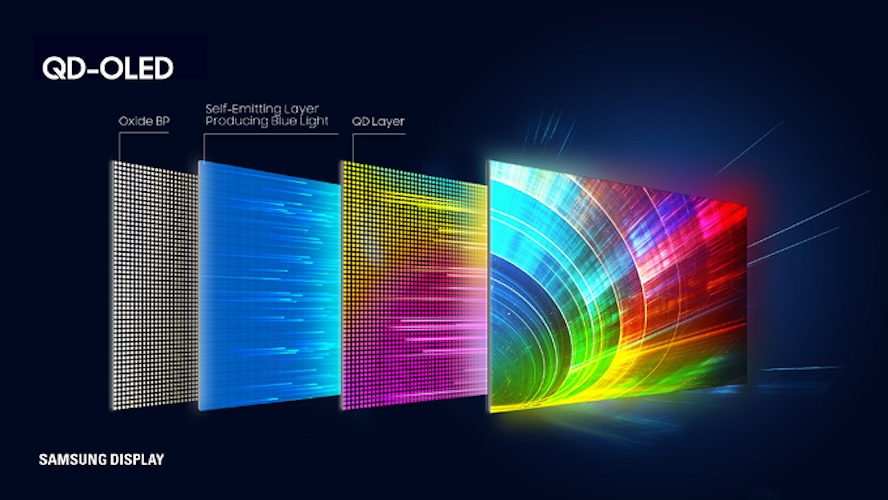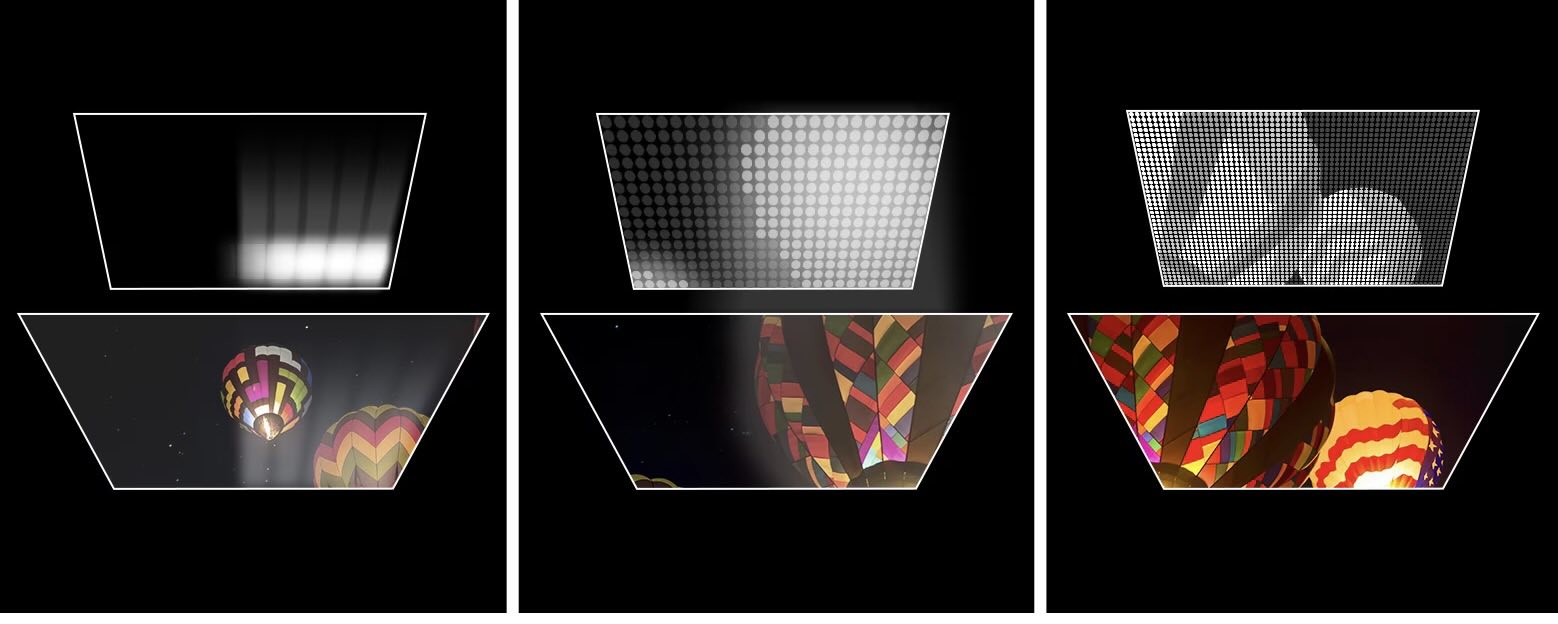
I’m so impressed with how TV technology has changed over the past decade. Gone are the days when LED was our only choice for backlight. Now, when helping a friend choose a new TV, the question I’m asked most often is what’s the difference between OLED and Mini-LED. The short answer is that they are both technology used to “light” a TV, but that’s where the biggest similarities end. To help you choose a new TV, you should check out the comprehensive TV buying guide for general answers, but here’s a look specifically at the difference between OLED and Mini-LED.
OLED and Mini-LED use different lighting technology
An OLED TV and a Mini-LED TV both use pixels to create an image on the screen, but they differ in how the pixels are illuminated. An ordinary LED might have a small set of LED backlights to send light through the coloured pixel layer of a TV. A Mini-LED TV uses thousands of small LED lights placed in hundreds of zones to light the TV. OLED TVs, on the other hand, don’t require a backlight at all. In an OLED TV, each of the thousands of individual pixels, has an organic component that produces its own light. This provides the advantage of OLED: each pixel can turn off and on individually.
Difference between OLED and Mini-LED for contrast

TVs use zones of pixels to produce the image you see on your screen. Because an OLED TV has self-illuminating pixels, one zone on the TV can be completely shut off and show only black while another can be turned on to produce colour or white. Because of the pixel’s ability to turn off and on, an OLED TV is actually the only type of TV that can produce true black and pure white for impressive contrast.
A Mini-LED can also produce fantastic contrast, but backlight technology means a Mini-LED will never have contrast that’s as pure as an OLED. There are some Mini-LED TVs that are so close to true black that you may not be able to tell just by looking at it. Whenever I’m reviewing Mini-LED TVs, I spend time trying to pick up any grey or bleed through in dark black scenes. Mini-LED are becoming so impressive that I’ve been stumped more than once.
Is OLED or Mini-LED brighter?
A Mini-LED TV, with its thousands of tiny LED lights, is generally brighter than an OLED TV. While the self-illuminating pixels can produce fantastic colour and contrast, OLEDs traditionally haven’t been able to achieve the same peak brightness as a Mini-LED. That may be changing soon as there are now OLED TVs with QLED technology built in. QLED, or Quantum Dot technology, is a layer that’s placed over the backlight or pixels to add a colour boost and extra brightness to the TV. QLED TVs with Mini-LED backlights are becoming more common, but OLED TVs with QLED tech are just beginning to hit the market.
Brightness of a TV can be a very important consideration for some rooms. If your room is naturally bright, you will likely prefer a TV that can be brighter than the ambient light. In that case, a Mini-LED is a good choice. If you have a darker room, perhaps one without a lot of natural light, an OLED may be bright enough for you to really get the most of its technology.
Difference in cost between OLED and Mini-LED TVs

OLED and Mini-LED TVs will vary in cost, but in general you’ll find that Mini-LED TVs cost less than OLED. The technology in OLED TVs still costs more to manufacture than Mini-LED. You can always shop for deals which come up quite frequently at Best Buy if you’re looking for the perfect OLED TV while on a budget.
Mini-LED or OLED for gaming
Choosing a TV for gaming means some TV features will be more important to you than others. In terms of gaming, both OLED and Mini-LED are great choices, but you’ll find OLED TVs are more popular in the gaming community. OLED TVs have slightly faster response times than Mini-LED TVs because of how OLED pixels work. They can turn off and on or switch colour almost instantly while Mini-LED technology may take a few extra milliseconds to produce the same result. OLEDs can produce game images in around 0.1 milliseconds, while a Mini-LED can respond within 1 millisecond.
Both types of TVs can have the same refresh rate, and you can choose between 60Hz, 120Hz, or TVs with technology enhanced refresh rates up to 240Hz.
OLED vs Mini-LED – Which will you choose?
These are the main differences I talk about when I’m helping a friend choose between an OLED TV and a Mini-LED TV. I’ve owned a QLED Mini-LED TV for a few years and I’ve been very happy with it—and I have tested many of the newest TV available. It has a bright picture, great colour and contrast, and it’s been great for gaming. When it’s time to upgrade, I have my eye on an QD OLED because I really love the enhanced contrast on OLED TVs.
Now that you know the differences between the two types of TVs, which will you choose? You can find the perfect TV for you at Best Buy right now.





